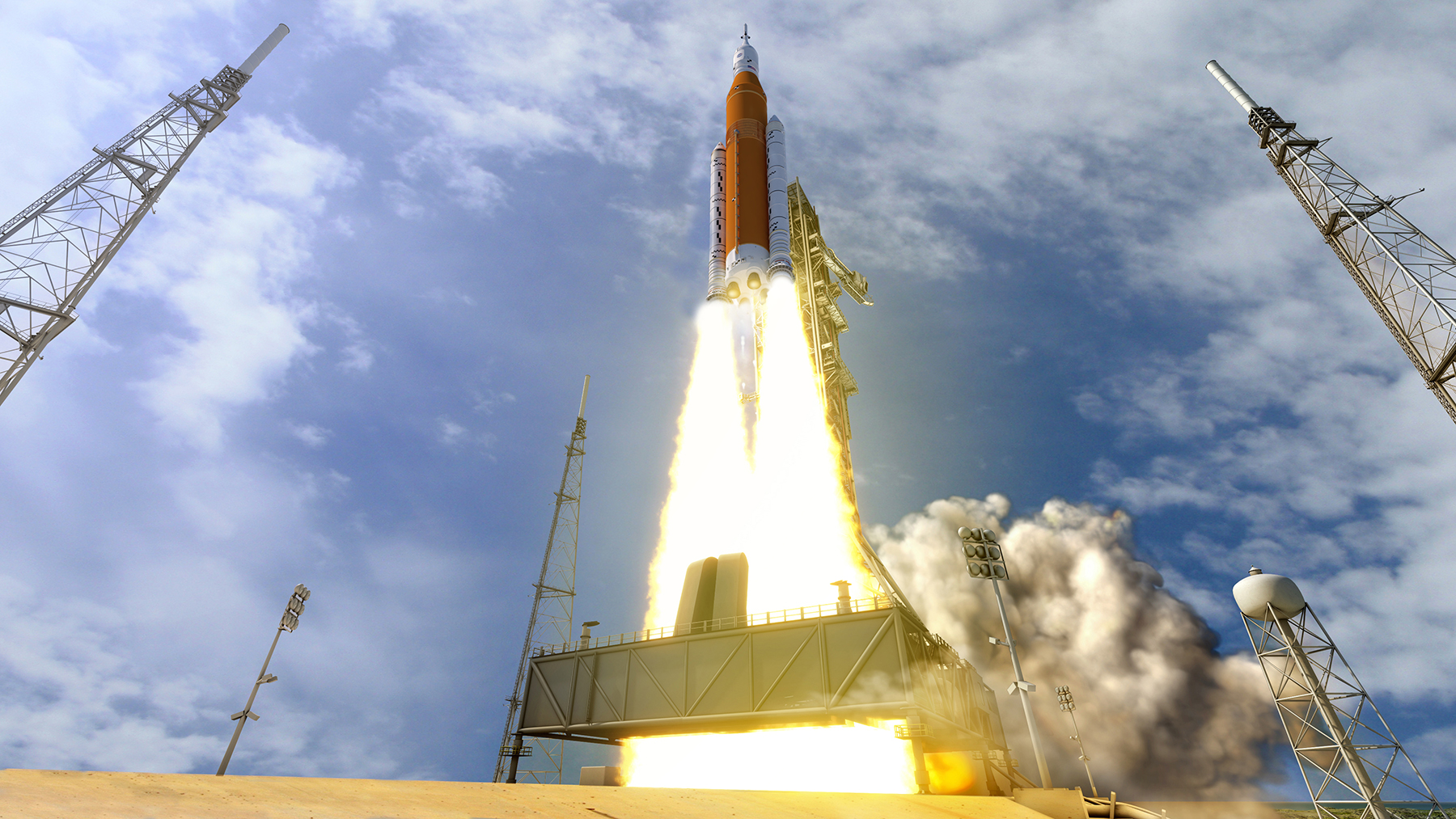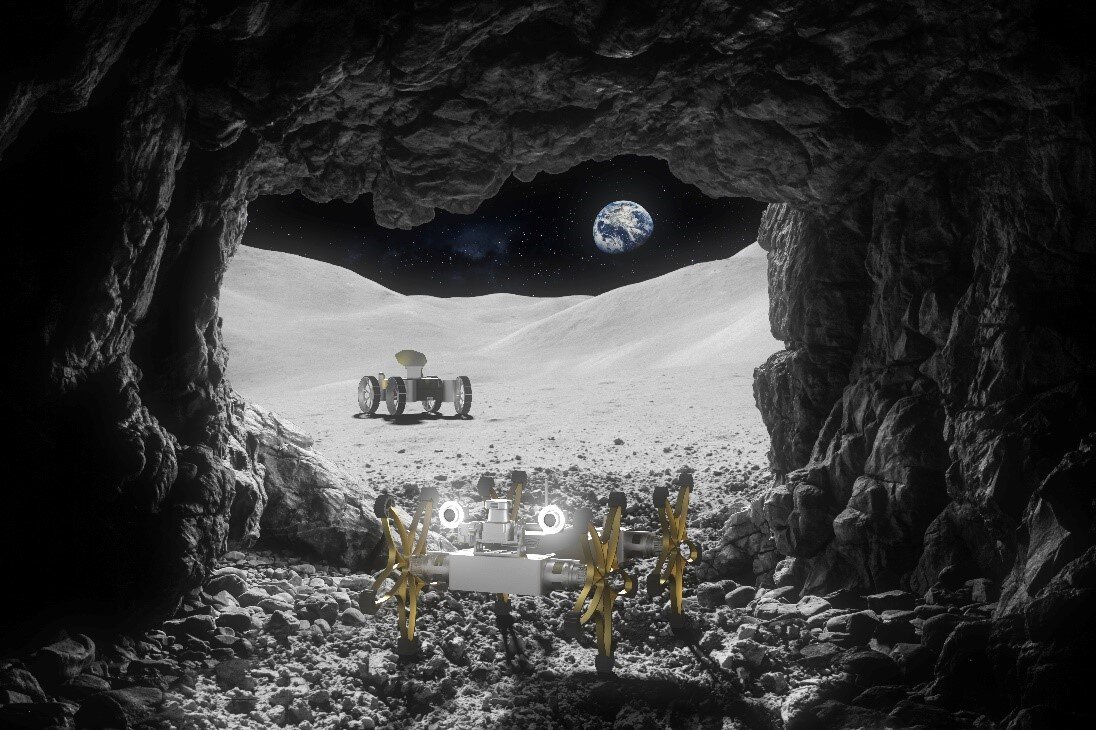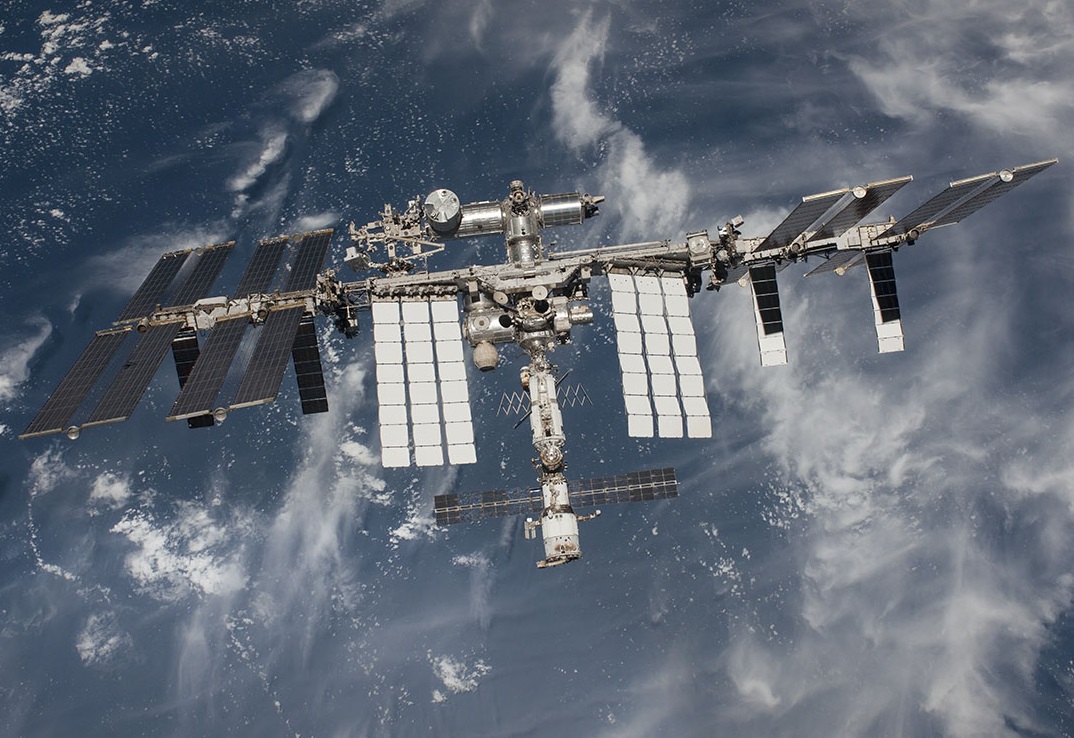The Canadian Space Agency (CSA) has a long-standing tradition of innovation and technological development in space. Who can forget the Shuttle Remote Manipulator System (SRMS), more familiarly known as the “Canadarm“, which was essential to the Space Shuttle program? How about its successor, the Canadarm2, which is a crucial part of the International Space Station and even helped assemble it?
Looking to the future, the CSA intends to play a similar role in humanity’s return to the Moon – which includes the creation of the Lunar Gateway and Project Artemis. To this end, the CSA recently awarded a series of contracts with private businesses and one university to foster the development of technologies that would assist with national and international efforts to explore the Moon.
Continue reading “Beyond Robotic Arms. Canada Funds Technology for Space Exploration”





